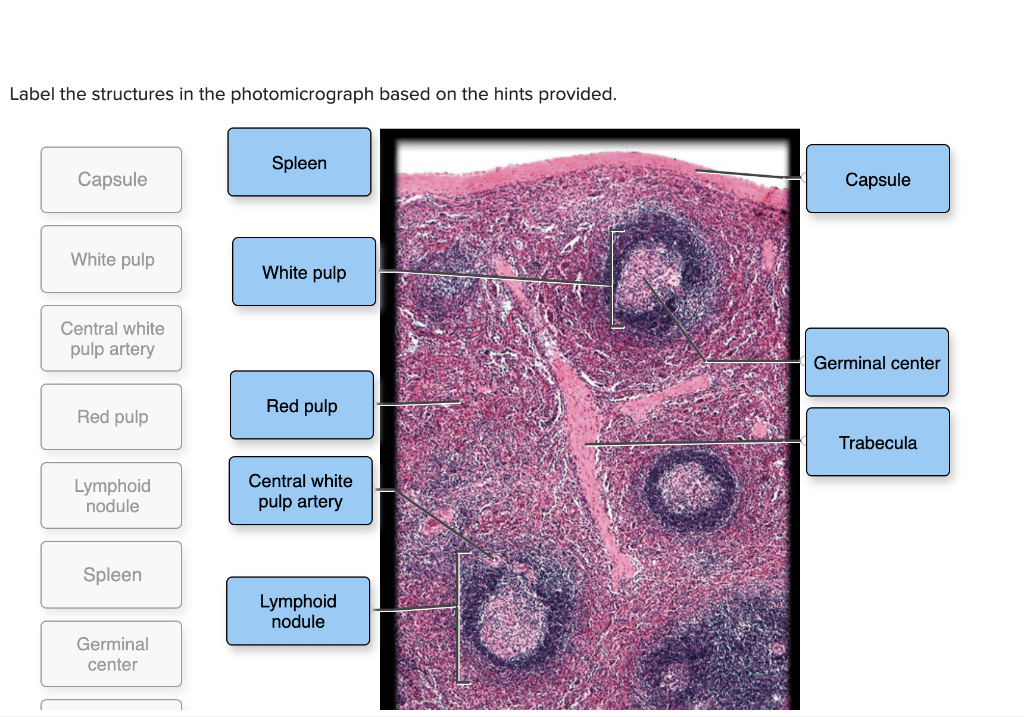The highlighted structures are within which region of the kidney? This question delves into the intricate anatomy of the kidney, exploring the precise location and significance of specific structures within this vital organ.
The kidney, a bean-shaped organ, plays a crucial role in maintaining fluid balance, electrolyte regulation, and waste elimination. Understanding the location and function of the highlighted structures is essential for comprehending the kidney’s overall function and potential pathological conditions.
The Highlighted Structures in the Kidney: The Highlighted Structures Are Within Which Region Of The Kidney

The highlighted structures within the kidney are located in the renal cortex, the outermost layer of the kidney. They are part of the nephron, the functional unit of the kidney. The nephron is responsible for filtering blood and producing urine.The
highlighted structures include the glomerulus, the Bowman’s capsule, the proximal convoluted tubule, the loop of Henle, the distal convoluted tubule, and the collecting duct. The glomerulus is a network of capillaries that filters blood. The Bowman’s capsule is a cup-shaped structure that surrounds the glomerulus and collects the filtrate.
The proximal convoluted tubule is a coiled tube that reabsorbs water and nutrients from the filtrate. The loop of Henle is a U-shaped tube that helps to concentrate the filtrate. The distal convoluted tubule is a coiled tube that further reabsorbs water and nutrients from the filtrate.
The collecting duct is a tube that collects the filtrate from the distal convoluted tubules and transports it to the renal pelvis.
Functional Significance of the Highlighted Structures, The highlighted structures are within which region of the kidney
The highlighted structures play a vital role in the functioning of the kidney. The glomerulus filters blood and removes waste products, such as urea and creatinine. The Bowman’s capsule collects the filtrate and prevents proteins from entering the filtrate. The proximal convoluted tubule reabsorbs water and nutrients from the filtrate, such as glucose, amino acids, and vitamins.
The loop of Henle helps to concentrate the filtrate by reabsorbing water and sodium ions. The distal convoluted tubule further reabsorbs water and nutrients from the filtrate, such as sodium ions and chloride ions. The collecting duct collects the filtrate from the distal convoluted tubules and transports it to the renal pelvis.
Clinical Implications of the Highlighted Structures
Abnormalities or dysfunctions in the highlighted structures can lead to a variety of medical conditions or diseases. For example, damage to the glomerulus can lead to glomerulonephritis, a condition that can cause proteinuria and hematuria. Damage to the proximal convoluted tubule can lead to Fanconi syndrome, a condition that can cause glycosuria, aminoaciduria, and phosphaturia.
Damage to the loop of Henle can lead to nephrogenic diabetes insipidus, a condition that can cause polyuria and polydipsia. Damage to the distal convoluted tubule can lead to Bartter syndrome, a condition that can cause hypokalemia and metabolic alkalosis.
Damage to the collecting duct can lead to nephrogenic diabetes insipidus, a condition that can cause polyuria and polydipsia.
FAQ Resource
Where are the highlighted structures located within the kidney?
The highlighted structures are situated within the nephron, the functional unit of the kidney.
What is the function of the highlighted structures?
The highlighted structures perform specific functions in urine formation, including filtration, reabsorption, and secretion.
What are the clinical implications of abnormalities in the highlighted structures?
Dysfunction or abnormalities in the highlighted structures can lead to various kidney diseases, affecting urine production and overall kidney function.

